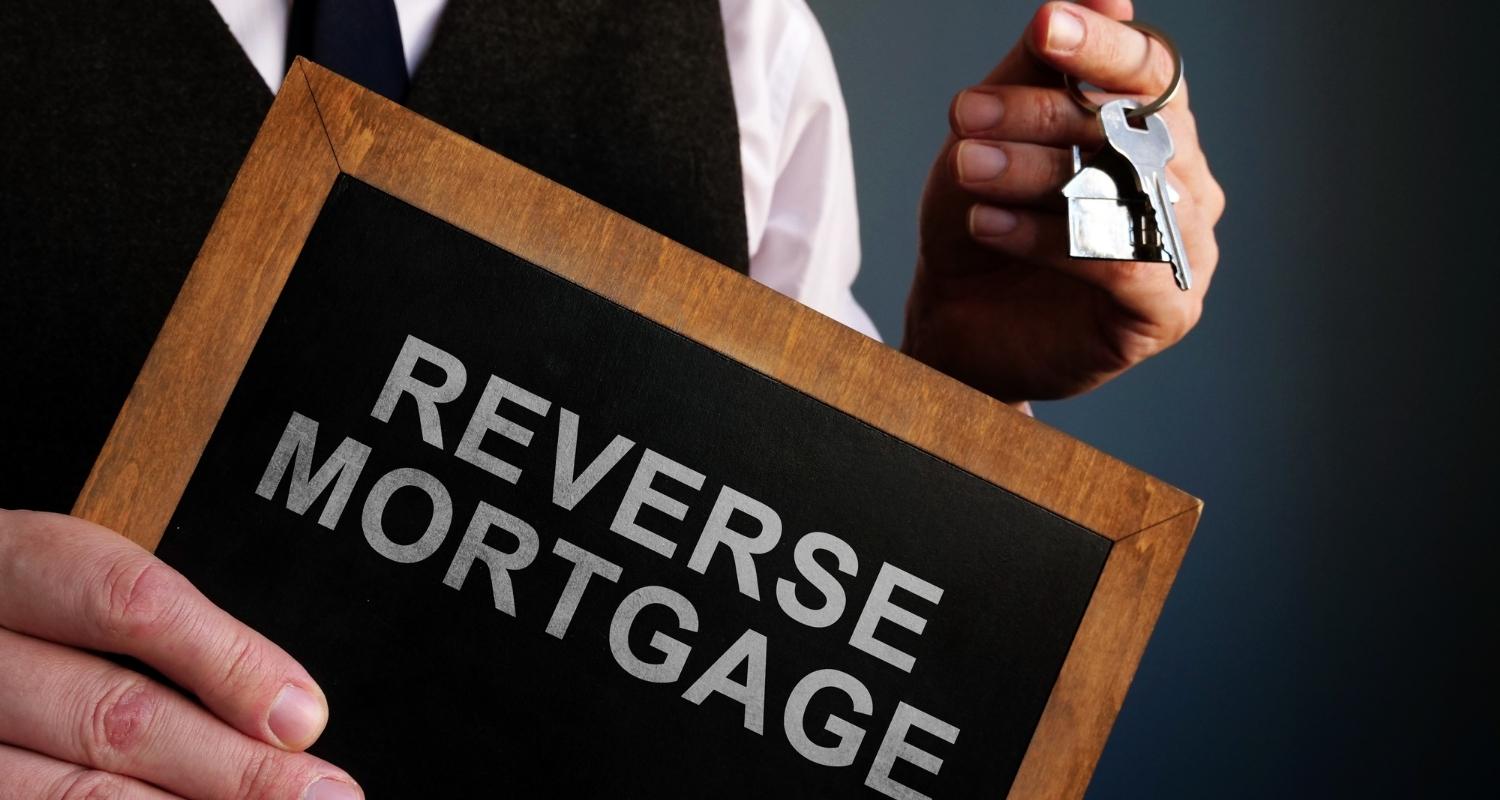Understanding Reverse Mortgage: Everything You Need to Know
In simple terms, a reverse mortgage allows homeowners to borrow against their home equity without selling the property.
How Does a Reverse Mortgage Work?
A reverse mortgage is a loan that is designed for seniors who are 62 years or older access a portion of their home’s value in cash.
Different Categories of Reverse Mortgages
Homeowners can choose from several types of reverse mortgages, depending on their financial needs:
- Home Equity Conversion Mortgage (HECM): The most common reverse mortgage program, HECM is insured by the Federal Housing Administration (FHA).
- Proprietary Reverse Mortgages: Best for homeowners with significant equity in high-value properties.
- Single-Purpose Reverse Mortgages: A specific-use loan, such as for property taxes or home repairs.
Is a Reverse Mortgage Right for You?
Not every homeowner qualifies for or benefits from a reverse mortgage, but it can serve the following groups well:
- Seniors who need additional cash flow
- Homeowners wanting to stay in their home without monthly payments
- Retirees looking to convert property value into cash
Pros and Cons of Reverse Mortgages
Pros:
- No monthly mortgage payments required
- The funds are typically tax-free
- Multiple payout options to suit your needs
Cons:
- The loan balance grows the longer you stay in the home
- Significant impact on estate planning

- High upfront costs, including origination fees and insurance
The Reverse Mortgage Process
To get a reverse mortgage, you’ll need to follow these steps:
- Look for reputable lenders offering reverse mortgage programs.
- Attend a reverse mortgage counseling session.
- Ensure all paperwork is accurate.
- Appraisal determines your loan amount.
- Funds are typically dispersed after final approval.
Conclusion
If you’re considering a reverse mortgage, consult with a financial advisor to ensure it’s the right choice for your needs.
